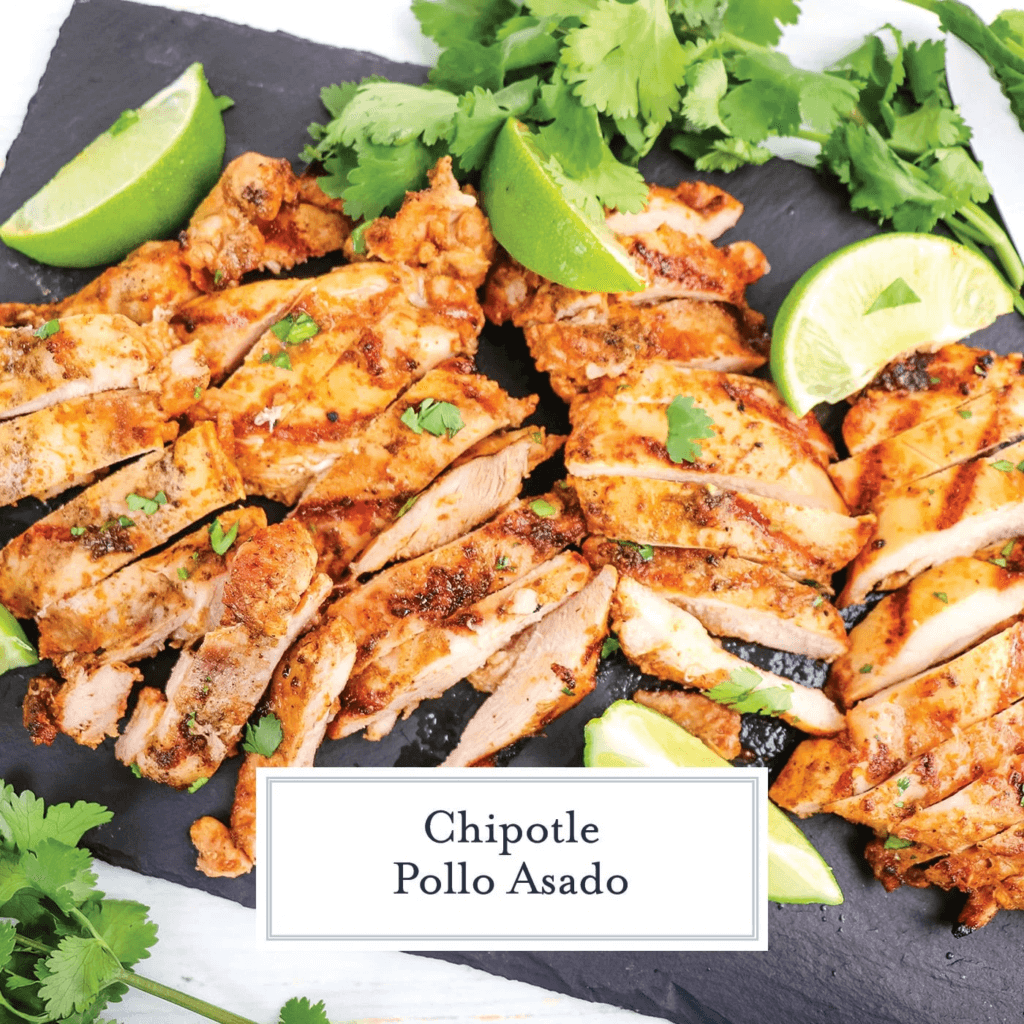Written by Anna Horsch, University of Minnesota – Twin Cities, Dietetic Intern
Updated June 28, 2024
Homemade or Fresh Squeezed
Juicing at home involves extracting liquid from fresh fruits and vegetables, typically removing most of the solid components such as seeds and pulp. This juice retains the majority of the vitamins, minerals, and antioxidants naturally present in the whole produce.
Bottom Line – Homemade, Fresh-squeezed juices contain important vitamins and antioxidants that can benefit your health. Making juice this way also prevents waste by reducing the amount of bottles purchased at the store.
Concentrate
Juice concentrate is juice from which most of the liquid is extracted. The result is a thick, syrupy substance known as juice concentrate. By removing the water, bacterial growth is significantly reduced, which helps concentrate stay fresh longer than juice. Additionally, this process lowers packaging, storage, and transportation costs. It’s sold either at room temperature or frozen and is intended to be diluted with filtered water before consumption.
Bottom Line – Juice concentrates are affordable alternatives to fresh juice that have a longer shelf life and can still offer some vitamins and antioxidants. However, they are often highly processed and may contain added sweeteners and other additives. If you choose to buy juice concentrates, opt for those labeled as made from 100% juice.
Cold-Pressed
Cold-pressed juice is created using a hydraulic press that applies thousands of pounds of pressure to extract the maximum yield from fruits and vegetables. This method results in juice that can be more nutrient-dense, flavorful, and healthier than juice produced by other techniques. Additionally, cold-pressed juice remains fresh for a longer period because the process involves no heat or oxidation.
Bottom Line – If someone has access to cold pressed juice, it’s a great, nutrient-dense option.
Fruit-Flavored Beverage
Fruit-flavored beverages can look and even taste like juice, but they aren’t! They typically contain water, sugar, and small amounts of juice or fruit flavoring. These drinks usually have sneaky names like juice drinks, juice beverages, fruit cocktails, nectars, and fruit drinks. These drinks aren’t very nutritious
Bottom Line – Fruit flavored beverages aren’t juice, they are sugar-sweetened beverages.
Overall, if someone wants to consume juice, fresh squeezed, cold pressed, or store bought 100% juice are the best options. However, consuming whole fruits is the healthiest choice. Whole fruit has more fiber in it than juice does. The fiber helps one to maintain stable blood sugar levels, which in the long term is healthy for our bodies. Bottom line, enjoy juice in moderation!
Chipotle Pollo Asado
By Jessica Anne of Savory Experiments, Updated June 25, 2024.
What You Need
- 2 pounds boneless skinless chicken thighs (about 8 medium thighs)
- 1/4 cup olive oil
- 1/4 cup orange juice
- 2 Tablespoons fresh lime juice (juice of 1 lime)
- 1 tablespoon minced garlic (about 3 cloves)
- 2 Tablespoons chipotle peppers in adobo sauce (canned)
- 2 teaspoons Adobo seasoning
- 2 teaspoons ground cumin
- 2 teaspoons ground coriander
- 2 teaspoon onion powder
- 1 teaspoon smoked paprika
- 1 teaspoon ground pepper
What You Do
- In a medium bowl, whisk together the marinade; include the olive oil, orange juice, lime juice, garlic, chipotle peppers in adobo sauce (include whole peppers and adobo sauce), adobo seasoning, cumin, coriander, onion powder, paprika and pepper.
- Place the chicken thighs in a shallow baking dish or resealable plastic bag. Pour the marinade over the chicken, turning over to ensure all sides are well coated with the marinade. Cover the dish with plastic wrap or seal the zip-loc bag.
- Refrigerate the marinated chicken for at least four hours, or up to twenty-four hours.
- When ready to cook, preheat your gas or charcoal grill to 400-425 degrees. Oil the grates with olive oil to help ensure the chicken does not stick when turned.
- Place the chicken on the hot grates and cook for 4-5 minutes per side.
- To ensure the chicken is done, use an instant read digital meat thermometer. Chicken should be at 165 degrees.
- When done cooking, remove from grill and let the chicken thighs rest for 5-10 minutes before slicing and serving.



